One of the easiest ways to grow an audience of loyal readers is to create scannable content.
Anyone can learn to do this. Whether you’re a blogger or small business owner, scannable content is a hidden factor in online success.
This article teaches you how to create scannable content while boosting SEO and achieving your website goals.
In This Article
The Discovery of Scanning
Do people read digital content differently than they do printed material? Usability expert Jakob Nielsen set out to answer this question in the late 1990s.
After 4 years of studies, the Nielsen Norman Group (NNG) summarized their findings.
So how do people read on the web?
“They don’t.”
People rarely read Web pages word by word; instead, they scan the page, picking out individual words and sentences.
Subsequent research by NNG and other research groups arrived at the same conclusions.
The original study opened a new era in digital publishing. Website owners realized they needed to create content in a new way if they wanted to attract and keep readers’ attention.
One had to make content “scannable.” This type of content helps readers find what’s most relevant to their needs.
Thankfully, Nielsen’s research identified features of scannable content.
What is Scannable Content?
Scannable content is digital content that caters to users’ scanning behavior and increases engagement, task completion, and memory retention.
Done well, scannable content enables users to survey a page quickly, grasp the main points, and find what they want.
Making content scannable includes:
- Using as few words as possible
- Placing important information at the top
- Using short paragraphs and sentences
- Highlighting essential words or phrases
- Breaking up large blocks of text
Elements used to break up long text passages include:
- Descriptive, short subheadings
- Bulleted and numbered lists
- Relevant images or charts
Interestingly, Nielsen’s team discovered that users “detested marketese,” meaning promotional language.
Instead, readers prefer objective language.
Now that we’ve covered the basics of scannable content, you may wonder what you’ll get from making your content scannable. Is it worth your time?
Benefits of Scannable Content
You’re saving readers time and effort by making your content scannable and concise.
That leads to better engagement, repeat visits, and higher conversions.
Research by the Nielsen Norman Group, including the original landmark findings, proves these practices work.
Significant improvements in measured usability were obtained by
- Cutting content length in half
- Avoiding promotional language
- Using a scannable layout.
We recommend browsing the NNG site to learn more about their 30+ years of research in this area.
SEO and Accessibility
Many of the scannability principles are the same as those for quality content. And quality is the #1 ranking factor.
Additionally, good scannability and SEO improve accessibility. That can increase your reach and attract new users.
So, how do you get started making scannable content?
How to Create Scannable Content
When creating content, work through the checklist below.
WordPress users will benefit from an SEO plugin like All in One SEO (AIOSEO).
This plugin analyzes your content. And it will show you how to improve your page’s scannability and SEO.
Use All in One SEO (AIOSEO): WordPress Plugin
All in One is an established plugin with thousands of 5-star reviews. Currently, over 3 million site owners are using it.
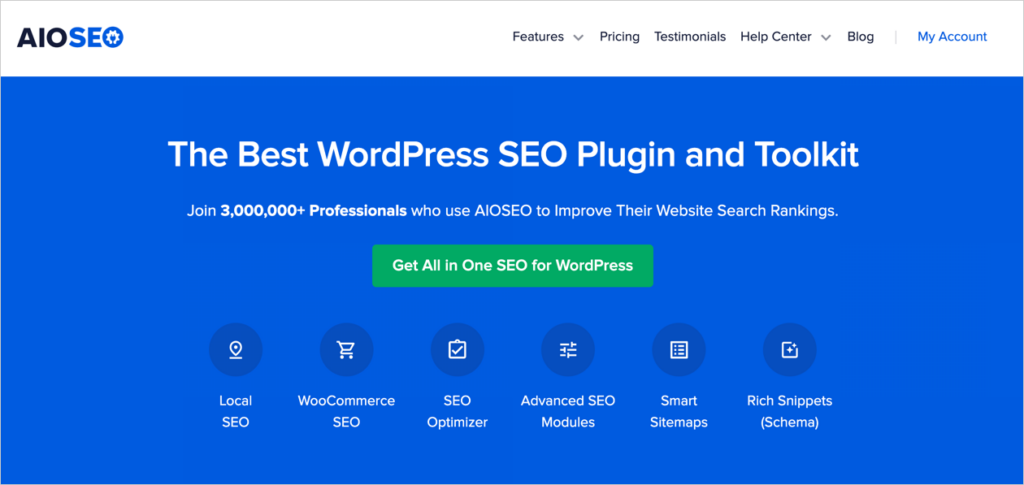
After you download and install the plugin, a setup wizard will walk you through a few simple steps.
With AIOSEO installed, you can navigate to any page in your WordPress editor, and the plugin recommendations will appear in a sidebar to the right.

Start with a Focus Keyphrase
A focus keyphrase (target keyword) is the main topic of your article. Do some keyword research first so you can choose a keyword that’s easy to rank for.
A good practice is to include your focus keyphrase in your
- Title
- Page URL
- Introduction
- Description
- Subheadings
All in One SEO (AIOSEO) will check to see that you’ve done that.

Ensuring your page topic is clear to users and search engines supports scannability and SEO.
Use Descriptive Titles
Your page title is one of the main opportunities to attract click-throughs from search engine results. It should be precise and convey what’s unique about your article.
Where possible, front-load your title with your keyphrase. That way, users can immediately understand what the page is about.
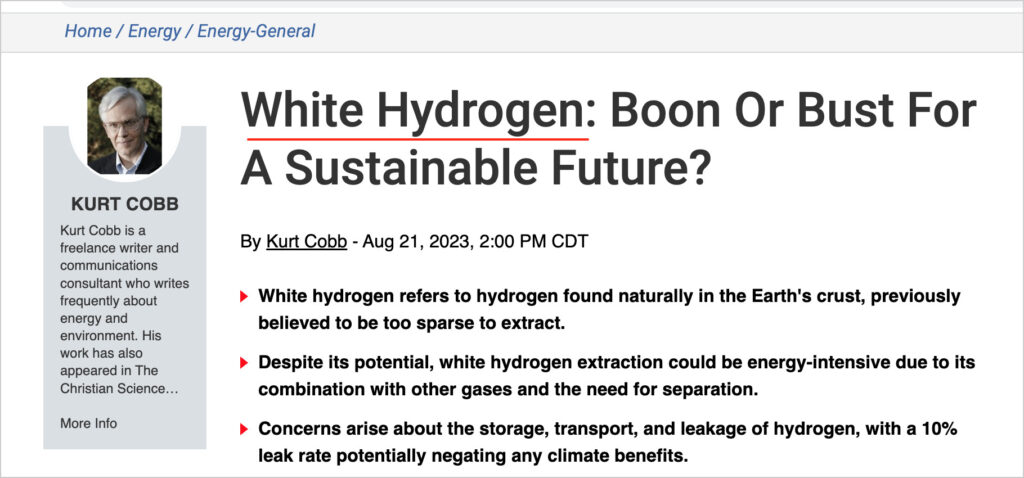
As mentioned, All in One SEO (AIOSEO) will check your title for the presence of your focus keyphrase. If that’s missing, you’ll be prompted to add it.

The plugin will also indicate if your title is over 60 characters. That’s approximately the length where Google will truncate your title in search results.
Realize that there are circumstances where you may want to create a title that goes over AIOSEO’s recommended character limit. Learn about the benefits of longer titles.
Apply Inverted Pyramid Style
The inverted pyramid style of writing places the most critical points at the top of a web page.
Browse the Nielsen Norman Group blog to get some excellent examples of this. They use this inverted pyramid style for all of their content.

Another example is Harvard Business Review which places a short summary at the beginning of their articles.
Placing key points at the top draws readers in. This action is similar to a bakery handing out samples. If customers like the sample, they’ll want more.
Above-the-Fold Space
Both inverted pyramid style and the term “above-the-fold” come from print journalism. In digital, “above-the-fold” refers to what the user can see without scrolling down.
Keep in mind that the above-the-fold space varies for users, depending on device and screen size. For instance, mobile phones have a much smaller above-the-fold space.
Because many users don’t scroll down a web page, businesses should place a call-to-action above-the-fold too. This may be your only chance to get the reader to take action.
Organize Content into Sections
When content is structured logically, it’s easy to follow. This is part of good writing and a best practice for SEO.
Breaking content into sections labeled with short subheadings is also a feature of scannable content.
Like page titles, subheadings should be descriptive. Consider front-loading these as well with the most important words.
All in One SEO will check your content for subheading distribution. You’ll be prompted to add more subheadings if you have long passages with none.
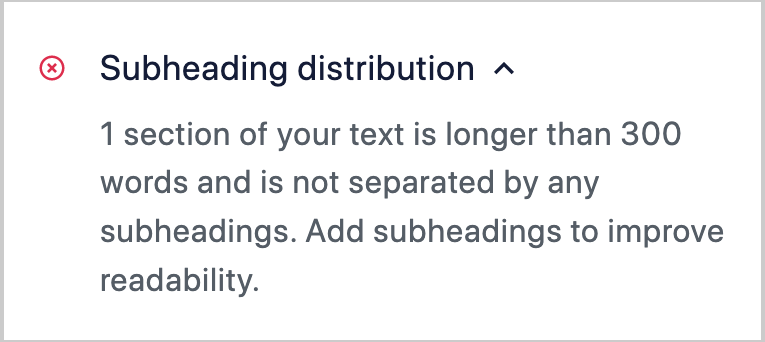
Follow Principles of Good Writing
Some aspects of scannable content, like those below, overlap with principles of good writing.
- Concision: No unnecessary words.
- Readability: Easy and enjoyable to read.
- Simple language: Use short words, paragraphs, sentences.
- Accuracy: Use proven facts from quality sources.
AIOSEO analyzes the readability of your article and displays a Flesch Reading Ease score.
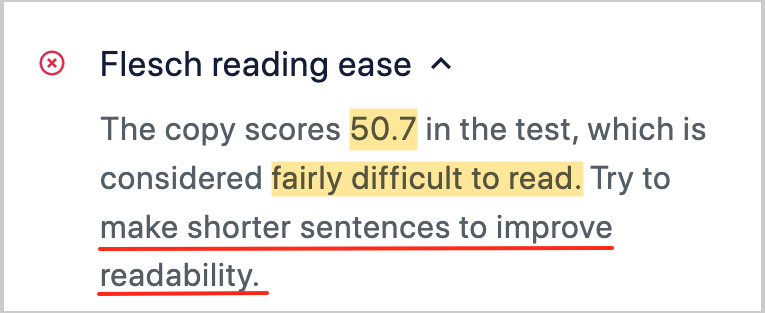
Other readability issues AIOSEO scans for include:
- Use of the passive voice instead of the active voice
- Starting 3 consecutive sentences with the same word
- Paragraph and sentence length
- Transition words (adequate usage)
- Images/videos in content.
Break up Text with Scannable Items
Regarding that last point, relevant images and videos can help break up long passages.
Also consider using, where relevant:
- Bulleted or numbered lists
- Tables or diagrams
- Highlighted text
You can bold, italicize, underline text, or apply color to highlight text. Be sparing. Highlighting too many words can overwhelm the viewer.
Pull quotes, sidebars, and the HTML details element may help. But exercise caution. Some research shows that some design elements attract “fixation” but “disrupt reading.”
Inline ads and inline newsletter signups can have the same disruptive impact. Consider experimenting with these elements to see what your results are.
An option to inline ads and sign-ups is OptinMonster. Their Exit-Intent popups appear only when users begin to leave your site. We find these popups effective for lead generation.
Q&A on Scannable Content
How do you make an article readable?
To make an article readable, follow principles of good writing. If your article is for the web, consider making your article scannable. These two factors will make your content easier to read on screens and improve accessibility.
In addition, make sure your article matches your audience’s reading level. Consider that in the U.S., most adults read at the 5th-grade level or below. If you’re writing for a college-educated audience or academics, the same “matching” principle applies.
How many words does it take to make content scannable?
Word count is not a factor in whether content is scannable. To make content scannable, use as few words as possible to achieve your purpose. Avoid the myth that an article needs to be 2,000 words or more to rank well in search engine results pages. And realize that concision is just one of several aspects of scannable content.
What’s Next?
We hope this post helped you get started with scannable content.
You may also want to check out our copywriting tips. And explore our adventures with AI-generated content.
If you found this article helpful, please subscribe to our YouTube Channel. You’ll find lots of valuable tutorials there. You can also follow us on X (Twitter), LinkedIn, or Facebook to stay in the loop.
Disclosure: Our content is reader-supported. This means if you click on some of our links, then we may earn a commission. We only recommend products that we believe will add value to our readers.
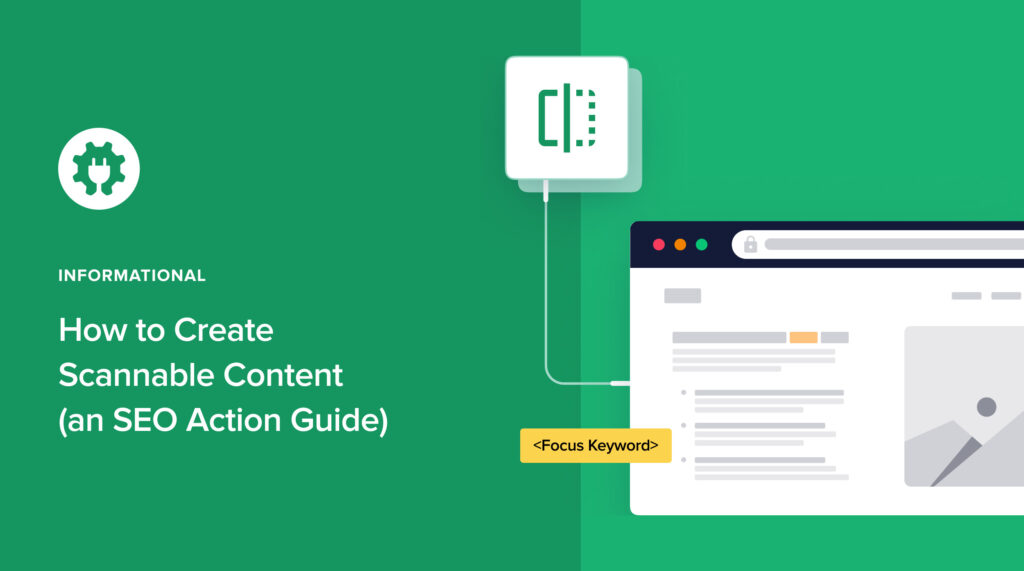

Good stuff. I like the fact that you actually employ what you’re talking about in your article – which is what more people should DO.
Thank you for your feedback Paul. Glad you found it interesting!
so good that i joined
This has been incredibly helpful while on my blogging journey. Thank you!
Thank you for your kind comment, Marsden. I’m delighted you found it of use!